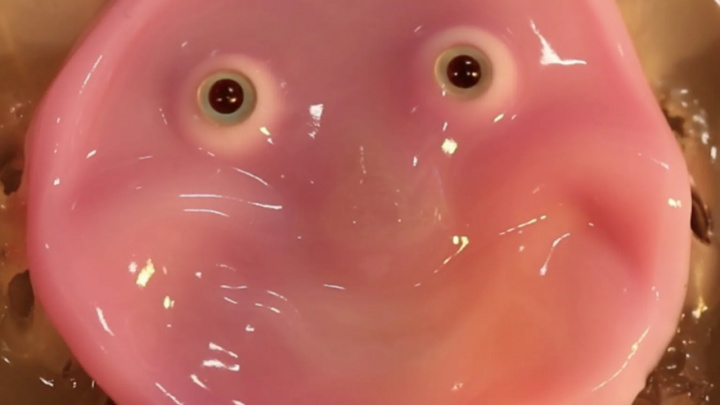Humanoid Robot Face Covered with Living Skin
The emergence of humanoid robots covered with living skin marks a significant leap forward in the fields of robotics and bioengineering. Researchers, including teams from the University of Tokyo and potentially collaborating institutions like Harvard University, have developed a humanoid robot face covered with lab-grown, potentially self-healing human skin cells capable of smiling and displaying realistic facial expressions. This innovation represents a major step towards more natural human-robot interaction and holds promise for various medical and research applications.

Researchers primarily based at the University of Tokyo have achieved a revolutionary breakthrough by creating a humanoid robot face covered with lab-grown human skin cells, capable of smiling and forming lifelike facial expressions. This innovation signifies substantial progress in robotics and bioengineering, opening new possibilities for human-robot interaction and medical applications.
The innovative skin covering the robot's face is composed of human skin cells, typically fibroblasts and keratinocytes, cultured within a collagen matrix placed onto a 3D-printed resin base. A unique feature of this living tissue integration involves the use of "perforation-type anchors"—tiny V-shaped holes in the robot base filled with the skin tissue. These anchors function similarly to ligaments in human skin, providing strength and elasticity while crucially helping to keep the engineered skin firmly attached to the robot structure during movement. This unique composition allows the skin to move naturally, enabling the palm-sized robot face to form fluid smiles.
The movement of the several-centimeter-wide robot face is facilitated by actuators connected to the base, producing lifelike smiles and expressions. This advancement marks a significant jump in the emotional expression capabilities of robots. Researchers successfully replicated the formation of expression wrinkles by having the small robot face continuously smile for extended periods. This result not only demonstrates the durability of the living skin construct but also opens new avenues for the cosmetics industry, providing a novel platform for testing skincare products designed to prevent or repair wrinkles on a dynamic, biological model.
The current version of the living skin-covered robot face faces several challenges that researchers are actively working to address. Although the skin can move and form expressions, it lacks essential functions of real human skin, such as sensory capabilities (nerves) and the blood vessels necessary for nutrient supply, waste removal, and moisture regulation. Overcoming these limitations is a major focus, with scientists exploring the integration of neural structures and perfusion channels into the skin tissue – key hurdles in the broader field of biohybrid robotics. Additionally, while previous studies demonstrated the self-healing properties of similar lab-grown skin on robotic fingers, applying and confirming similar repair tests on the smiling robot face remains a future objective. These advancements are essential for developing more robust and durable living skin interfaces that could potentially revolutionize biohybrid robotics.
Covering robots with engineered human skin could transform human-robot interactions, enabling machines to express emotions and communicate in a more lifelike manner. This innovation could bridge the gap between artificial and biological entities, making robots more approachable and relatable in various settings. Beyond enhancing interaction, the technology has far-reaching implications for industries like healthcare, where more human-like robots could provide comfort and support to patients. Furthermore, the ability to recreate small-scale wrinkle formation offers unique opportunities for the cosmetics industry, allowing for more accurate testing of skincare products intended to prevent or repair wrinkles by observing their effects on a dynamic, living tissue model rather than static models or animal testing.





